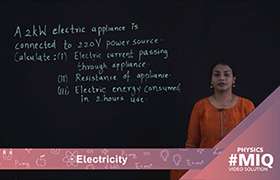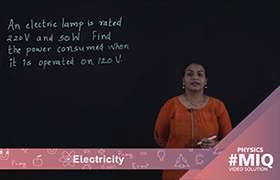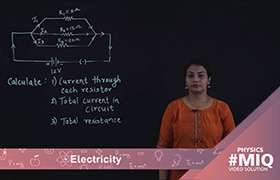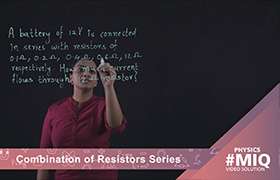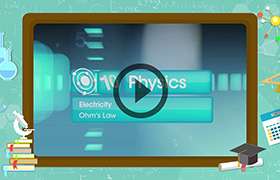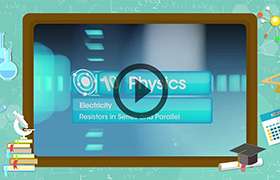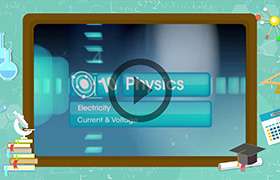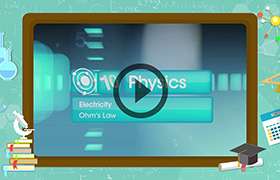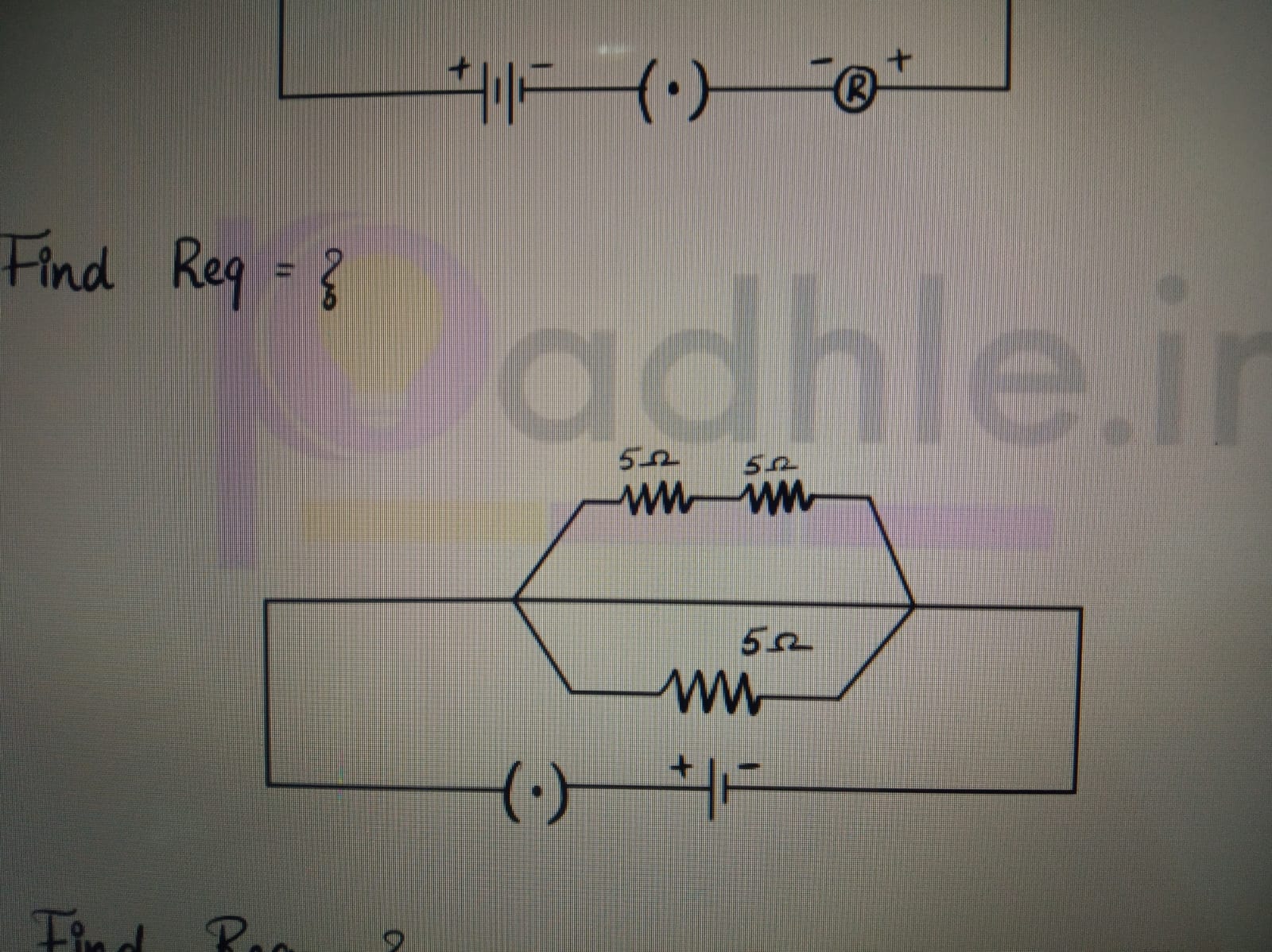CBSE Class 10 Answered
Describe how electricity is transmitted from the electricity office to every ones house? Why does the voltage sometimes becomes low or high?
Asked by Lakshyajeet Gogoi | 25 Feb, 2012, 06:13: PM
The electricity from power plants travels for many miles. It travels over long wires called transmission lines. These transmission lines are held in the sky away from the ground by giant wood or metal transmission towers. Another way it is transmitted is through underground cables which can go under rivers, lakes and even seas.
When the electricity gets near to your town, it goes into a substation. A substation often has many wires and metal containers in it and is surrounded by a wire fence. The substation divides the electricity and sends it in different paths over wires called distribution lines. These distribution lines take the electricity to your home.
See Related links below.
More details
Most developed countries distribute electricity over something called a "national power grid" which is a nationwide network of very high voltage 3-phase ac (alternating current) transmission lines which are fed by many electricity generating stations - known as "power stations" - which are either operated by the government or by private businesses called power utility companies.
Power stations produce the electricity either by burning fossil fuels - such as coal, gas or oil - or the gases produced by the controlled biodegradation of domestic waste (trash or rubbish) or the waste products produced by farm-animals - which is known technically as "slurry" but many people would just call "animal poo" - or by using other sources of energy such as high waterfalls, nuclear power, solar energy from the Sun, wave energy from the sea, etc.
The nearest available power utility company's generating station typically supplies its nearest towns - or a whole city (or county) district - with high voltage 3-phase power and distributes it as separate lower voltage single-phase services, one phase per street or group of streets, so that every house, commercial office and/or industrial building situated on those streets gets its single-phase power.
The number of phases delivered from the street to a building depend on its power usage requirements: domestic homes and commercial offices typically only use single-phase lights and appliances, so such homes and offices usually only require single-phase power to be delivered from the street.
In addition, at extra cost, the local electricity utility company can install 3-phase power services for any buildings or sites - such as, for example, engineering workshops, vehicle repair garages, industrial factory buildings, mines and ore smelting sites, etc. - which must use powerful machine tools, motors, ovens, etc. that have to run on 3-phase power.
When the electricity gets near to your town, it goes into a substation. A substation often has many wires and metal containers in it and is surrounded by a wire fence. The substation divides the electricity and sends it in different paths over wires called distribution lines. These distribution lines take the electricity to your home.
See Related links below.
More details
Most developed countries distribute electricity over something called a "national power grid" which is a nationwide network of very high voltage 3-phase ac (alternating current) transmission lines which are fed by many electricity generating stations - known as "power stations" - which are either operated by the government or by private businesses called power utility companies.
Power stations produce the electricity either by burning fossil fuels - such as coal, gas or oil - or the gases produced by the controlled biodegradation of domestic waste (trash or rubbish) or the waste products produced by farm-animals - which is known technically as "slurry" but many people would just call "animal poo" - or by using other sources of energy such as high waterfalls, nuclear power, solar energy from the Sun, wave energy from the sea, etc.
The nearest available power utility company's generating station typically supplies its nearest towns - or a whole city (or county) district - with high voltage 3-phase power and distributes it as separate lower voltage single-phase services, one phase per street or group of streets, so that every house, commercial office and/or industrial building situated on those streets gets its single-phase power.
The number of phases delivered from the street to a building depend on its power usage requirements: domestic homes and commercial offices typically only use single-phase lights and appliances, so such homes and offices usually only require single-phase power to be delivered from the street.
In addition, at extra cost, the local electricity utility company can install 3-phase power services for any buildings or sites - such as, for example, engineering workshops, vehicle repair garages, industrial factory buildings, mines and ore smelting sites, etc. - which must use powerful machine tools, motors, ovens, etc. that have to run on 3-phase power.
due to change variation in voltage in power station or may be in local electricity station , we also get variable voltage.
Answered by | 26 Feb, 2012, 06:37: PM
Application Videos
Concept Videos
CBSE 10 - Physics
Asked by khajannirwan | 27 Feb, 2024, 10:20: PM
CBSE 10 - Physics
Asked by saanviyadla | 24 Jan, 2024, 07:06: PM
CBSE 10 - Physics
Asked by kamalaranjanmohantymohanty5 | 06 Jan, 2024, 10:05: AM
CBSE 10 - Physics
Asked by nandhikasugumar | 05 Oct, 2023, 04:01: PM
CBSE 10 - Physics
Asked by daniya062008 | 02 Oct, 2023, 08:25: PM
CBSE 10 - Physics
Asked by prassanna.j | 03 Sep, 2023, 12:28: PM
CBSE 10 - Physics
Asked by prassanna.j | 03 Sep, 2023, 12:21: PM
CBSE 10 - Physics
Asked by prassanna.j | 03 Sep, 2023, 12:13: PM
CBSE 10 - Physics
Asked by prassanna.j | 03 Sep, 2023, 12:11: PM

